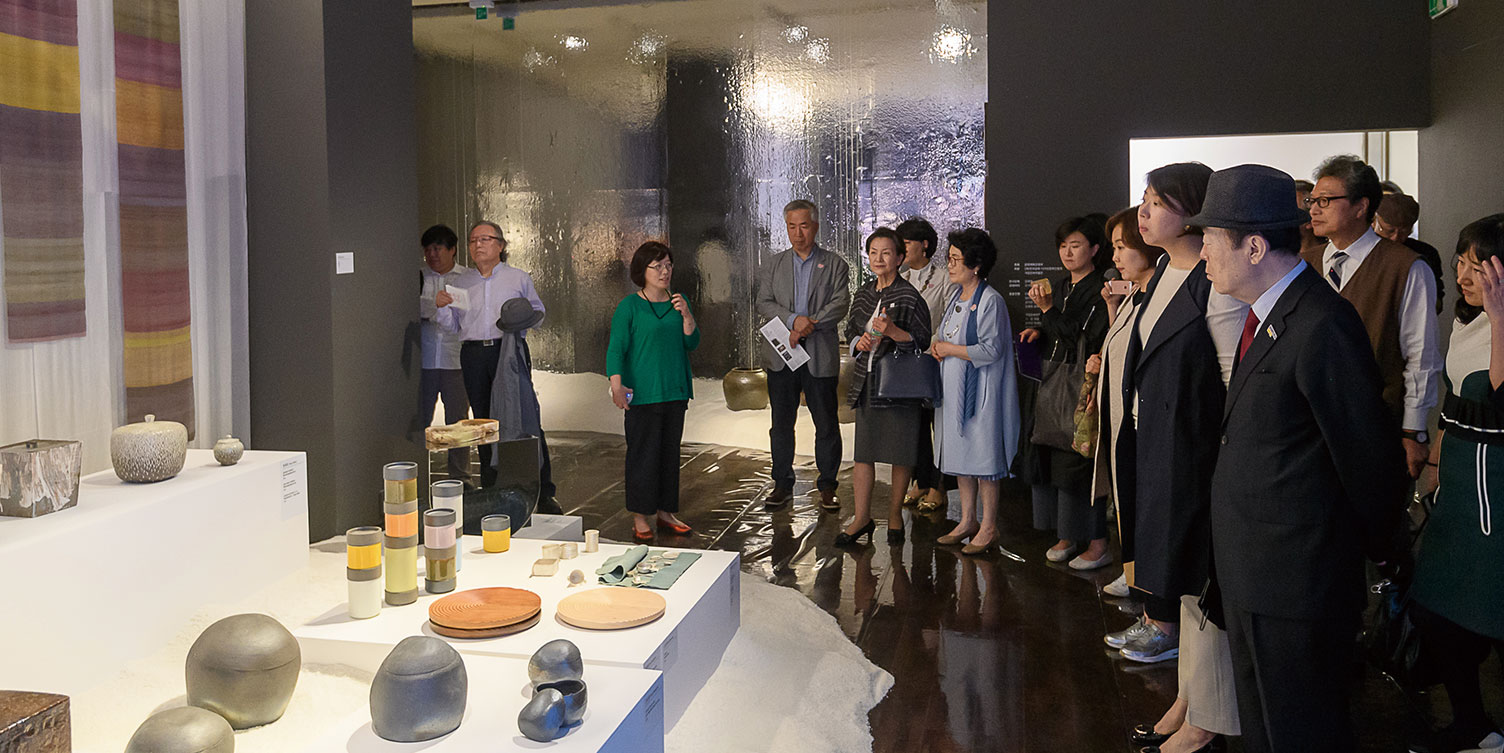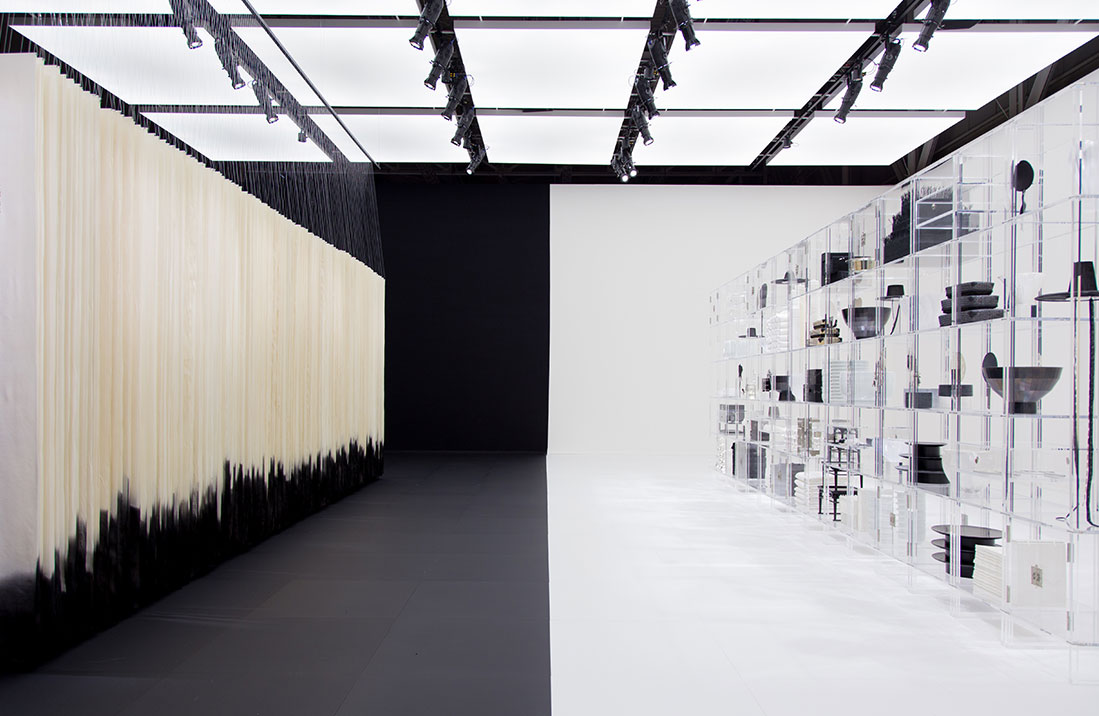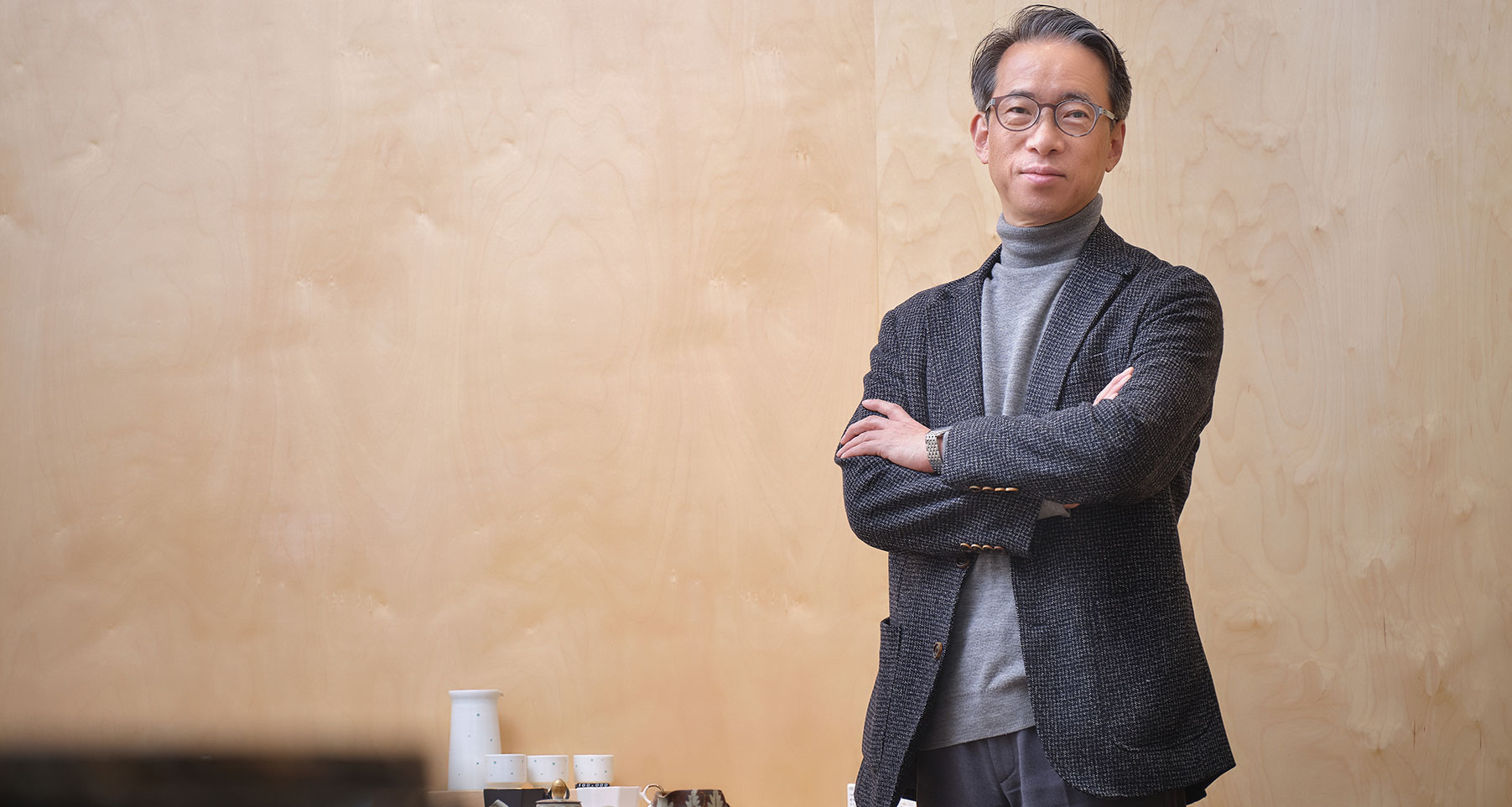Interview
Crafting Excellence
Korea Craft & Design Foundation President
Contemporary Korean crafts are getting more inventive by the day, with artisans increasingly comprising a younger age group whose works are distinguished by modern twists on an age-old art. The new President of the Korea Craft & Design Foundation, Kim Tae-hoon, having spent many years at the Ministry of Culture, Sports & Tourism managing policy toward culture and the arts, shares his vision for the direction of Korean craft culture.
Written by• Hwang Jung Eun
Photographed by• Studio Kenn
The new president of the Korea Craft and Design Foundation (KCDF), Kim Tae-hoon, promoted the multifaceted appeal of Korean culture to the globe in his former position as head of the Korea Overseas Culture and Information Service (KOCIS).
Before leading KOCIS, he served at the National Museum of Korea as administrative planning manager and at the Ministry of Culture, Sports and Tourism as director-general of the Arts Policy Bureau, spokesman and chief of the Policy Planning Bureau. His experience in promoting Korean culture and tradition to the world made him the natural choice to lead the foundation.
“Being here gives me a greater sense of how far Korean crafts and design have progressed. The grueling work that artists devote to their art has raised industrywide competence. Like all workplaces, the KCDF teems with new things to learn. Just a month into my appointment, I’m still flush with excitement for what experiences await me here,” he said.
The foundation’s purpose is to market and promote the accessibility and applicability of Korean crafts, design and culture.
‘Daily Crafts’

KCDF engages in overseas exhibition exchange activities such as the “Constancy and Change in Korean Craft 2018” held in Milano, Italy. © Korea Craft & Design Foundation
At the core of the KCDF’s support policy is the guiding theme of “daily crafts.” “The National Museum of Korea showcases numerous cultural assets of our nation,” the president said. “In the past, none of them were for exhibitory purposes; they were just utilities assisting daily life. Artistic worth has been accredited to these objects with the passage of time, ultimately leading to our unique craft culture.”
“Unlike in the past, we now associate ‘craftwork’ with objects of exhibition displaced from daily life. Nonetheless, crafts are a form of art intimately tied to the every day. I strive to shift that craftwork mindset from ‘display’ to ‘lifestyle.’ Without fostering a culture of organically accessible crafts used in everyday life, stimulating industrial and international advances is out of reach. The same way we pick up flowers on anniversaries and memorable occasions is what I wish for crafts, as in I want them to have a prominent presence in our lifestyle and behavior. Well-made handicrafts carry the virtuous and emotive impact of storytelling and value that no manufactured product can rival.”
Furthermore, he said he wishes to explore various methods of enriching and expressing Korean culture through crafts, calling the field “a suitable medium to embody domestic identity and regional sensibilities.” “Promoting domestic craftsmanship as a mode of developing cultural identity will contribute to the tourism industry as well as enhance the country’s lifestyle,” he said. “Ethnic craft materials like ceramics, hanji (traditional fibrous paper) and najeon (seashells) directly correlate with the Korean people’s sense of cultural and national pride. As such, traditional relics are infused with the wisdom and estheticism of our ancestors.”
Assessing K-Craft in Light of the World Stage

This section is part of the exhibition for “Craft Week” hosted by the Korea Craft Design Foundation. © Korea Craft & Design Foundation
France is no longer the exclusive hub of global culture and arts, the president said, while the U.K. is the auspicious runner-up in pioneering new trends, adding that the key to Britain’s advances is its savvy merger of artistry and marketability.
“Since the 1990s, the U.K. has treated crafts as one of its primary innovative industries, systemically empowering its craftspeople and craftworks. It also didn’t hesitate to implement high-tech capacity in art, converging tradition as well as technology to inspire renewed impressions of contemporary crafts. Thanks to these efforts, transactions with crafts were naturally infused into highbrow culture, which elevated the nation to leading status in the craft industry.”
So what are the core strength of Korean crafts and design? The president’s answer is “dynamism.”
“Over the past five decades, our rich history, tradition and culture have been supplemented by an astoundingly dynamic pace of development. This remarkable trait for a nation has become the groundwork fueling our artistic endeavors. Organic finesse and understated beauty are balanced by radical experimentation and daring innovation. Korean crafts and design encapsulate these antithetical traits,” he said.
Going Global

© Korea Craft & Design Foundation
Korean crafts have undergone continuous innovation toward modern refinement while retaining their sense of tradition. International acquisitions over the years including Chung Haecho’s artworks by the Rothschild family (2014), the British Museum and V&A Museum (2013) attest to the sector’s global competitiveness. And modern artist Damien Hirst in 2017 purchased Korean artist Hwang Sam-Yong’s “Pebbles” series.
“Internationally acclaimed works by Korean artists meld tradition with individual takes on material development and creative technique, producing stellar artistry as a result. To encourage such experimental endeavors, the KCDF consistently seeks rising talent. Mentoring services and programs for production assistance support aspire to cultivate world-class artisans. Furthermore, we hope to build a culture around crafts that goes beyond exhibitions and gets incorporated into our lifestyles,” the president said.
Later this year, the KCDF will host a joint exhibition with Russia to commemorate the 30th anniversary of Korean-Russian ties as part of efforts to expand the global scope of exchanges in Korean crafts.
“For Korean crafts to be held in higher esteem, the market needs a healthy cycle. A craft artist until now has been in sole charge of handling the logistics associated with art deals, from brainstorming to design, securing of materials and technicalities to outreach and even marketing. It’s no easy feat for artists to stay focused on their work while managing these business aspects. For that reason, systemic support needs to happen from a policy level. The KCDF will continue to expand our endeavors and support in such matters.”
This year, the KCDF hosts its annual Craft Week and Craft Trend Fair, and craft-related startups can also seek the foundation’s assistance and support through its Crafts Center. Through such activities, the KCDF president said he hopes to foster a thriving craft industry that embodies the aesthetic values of Korean culture.






















